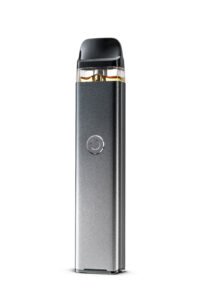There are three primary types of weld tests: free-hand, guided, and penetrant. A free-hand weld test is where the inspector looks at the weld with a microscope or through an optical device that magnifies it. This can be performed on both projection type and continuous welding processes. A projection welding process creates the bead by moving the electrode in a straight line, but it can be difficult to see flaws because they are usually only on one side of the weld.
A continuous welding process moves the wire continuously, which helps eliminate swinging and results in less deformation during cooling. However, the weld has more surface area so there is a greater chance for defects. A guided weld test can be used when a projector is unavailable or when the bead is too large. In this case, a probe follows along behind the wire and detects any areas of concern. A penetrant weld test uses a dye to indicate cracks and flaws in the weld bead. The dye cannot penetrate through free-cutting steels, so this test is specific to stainless steel and cast irons only.
The type of welder you use will make a difference in how you do the weld test. Guide and freehand tests can be performed using any type of welding machine, but penetrant tests are only done on machines that produce continuous weld beads. For example, an oxyacetylene torch is not suitable for this type of testing because there is no continuous bead.
Whatever type of weld test you choose, it is important to remember that these tests are only meant to indicate flaws in the weld. It does not tell you how strong the weld is or if it will be suitable for its intended purpose. Permanent testing solutions are available at reputable welding companies that can help ensure your welds are up to code and will be strong enough for the job.
Guide to Physical Weld Testing
Welding is a process that joins two or more pieces of material together. The most common types of joints are butt, lap, fillet, groove, corner, T-joints, etc. A good weld should be strong enough to hold up under normal use conditions but not so strong that it will fail when subjected to stress. It must also meet certain requirements for appearance such as color uniformity and surface finish.
Destructive Tests
These are usually performed on samples taken from the finished product, but can also be done on test pieces made specifically for testing purposes. The sample is then examined under an optical microscope or other suitable means.
There are two types of destructive tests: visual inspection and ultrasonic examination. Visual inspections include light microscopy, scanning electron microscopy and X-ray diffraction.
Learn more from https://en.wikipedia.org/wiki/Nondestructive_testing










